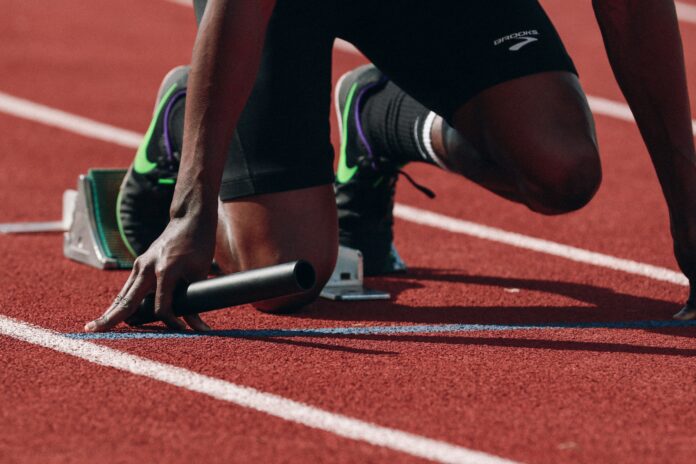Mario’s Miracle Battle
On April 7, 2008, in San Antonio, Texas, University of Kansas student-athlete Mario Chalmers, created one of the most legendary plays in NCAA tournament history. Chalmers, with only 2.1 seconds left, hit a 3 pointer against the University of Memphis to push the NCAA title game into overtime. The play has replayed several times in highlights, images, memes and other vids. It has come to be known as “Mario’s Miracle.”
In early July 2024, Chalmers and other former NCAA men’s basketball stars filed a lawsuit against the NCAA, top basketball conferences, and Turner Sports Interactive. Chalmers and others allege these entities used their name, image and likeness (NIL) in several men’s basketball highlights without their permission. They specifically state the NCAA along with conferences, licensing and apparel companies fixed the price of student-athlete labor and force them to represent NCAA without just compensation. The plaintiffs are seeking class action to include all student-athletes prior to June 15, 2016, whose NIL has been used by the NCAA and the other named entities. This is highly important to note because this plaintiff group is not covered regarding compensation by the House settlement (talked about in last issue). The settlement only awards $2.8 billion in NIL to student-athletes who entered the NCAA after June 15, 2016.
1983 NC State team Battle
In another suit, ten players from the 1983 North Carolina State men’s basketball national championship team sued the NCAA and the Collegiate Licensing Company for using their NIL without their permission. The players are seeking compensation, claiming the NCAA has continued to use their NIL to promote the “March Madness’ tournament without consent. Unlike the Chalmers case, this case was filed in state court and was solely focused on NC state alumni on that 1982 team.
What’s Next?
There is a thought the NCAA might use a contract defense in these cases. That the athletes at the time signed a contract allowing schools and the NCAA to use their NIL indefinitely. Yet, if the plaintiffs bring up antitrust laws- this defense won’t be valid since the contracts were signed in an anti-competitive NCAA environment. The NCAA may also try to move the Chalmers case to the U.S. District Court of Northern California to somehow include into the $2.8 billion settlement. Yet, the NCAA will run into hurdles due to the Chalmers plaintiff group not being included in that settlement.
In conclusion, this is good news specifically for NCAA student-athletes who weren’t covered by the $2.8 billion settlement regarding those who enrolled at NCAA schools before June 15, 2016. As these cases proceed, it is highly likely we will see another settlement incoming for these student-athletes as well. Once again, NCAA student-athletes will be getting the long due compensation they justifiable have deserved for years.

